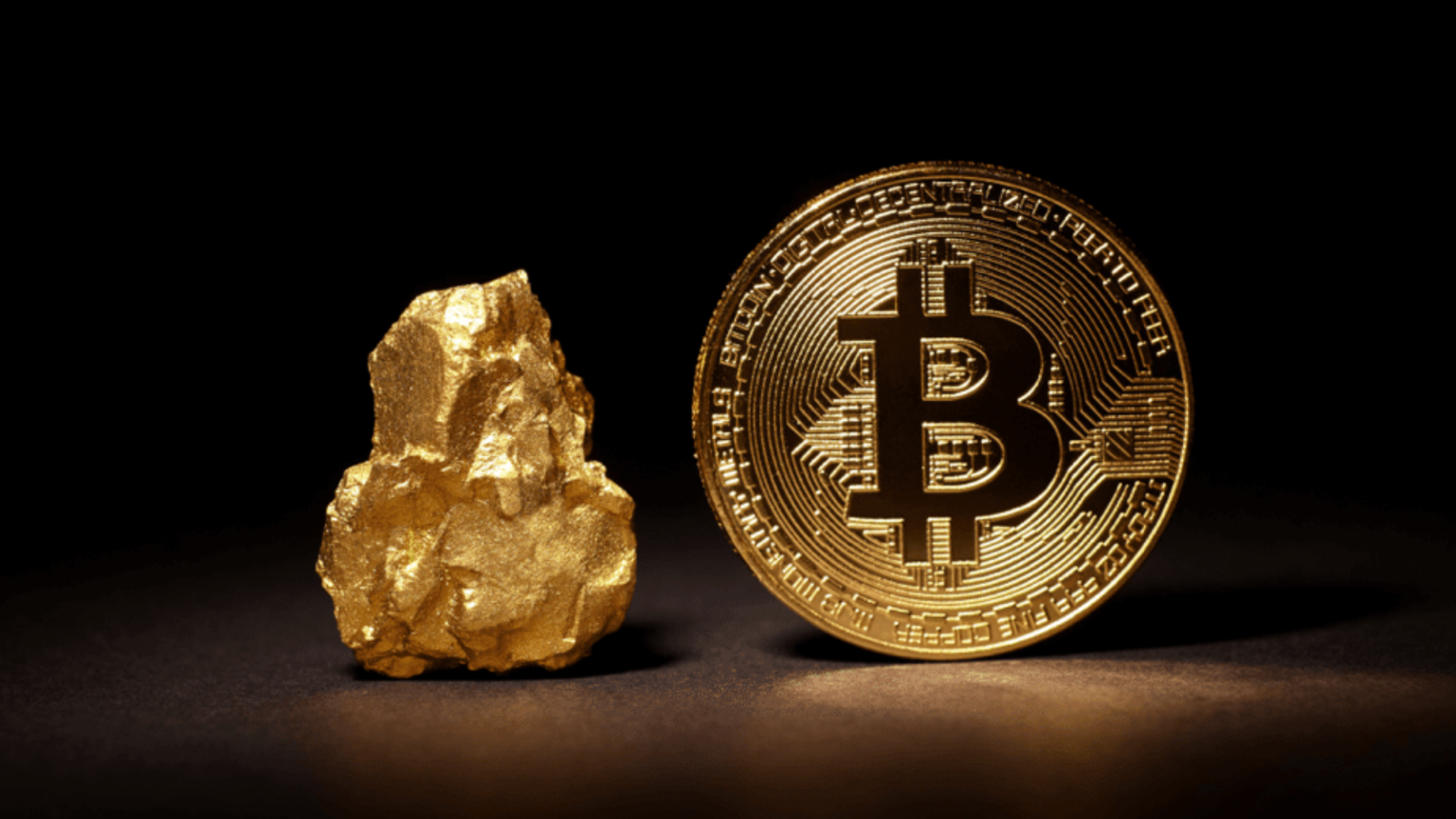Bitcoin (BTC) has once again proven its resilience and dominance in the investment landscape, posting gains of over 400% against gold in recent years. For many investors, the digital currency’s massive outperformance compared to traditional safe-haven assets like gold is a testament to its increasing role as a store of value and hedge against inflation. But what’s driving Bitcoin’s surge against gold, and what does this mean for investors and traders? In this blog, we’ll explore the reasons behind Bitcoin’s outperformance, how the two assets compare, and what strategies traders can use to benefit from this market shift.
1. The Rise of Bitcoin: A Digital Gold?
Bitcoin has often been compared to gold as a store of value, with many investors viewing it as “digital gold.” This is primarily due to its finite supply (capped at 21 million) and decentralized nature, which makes it resistant to inflationary pressures and government interference. Over the last decade, Bitcoin has grown exponentially, attracting institutional and retail investors alike.
Why Bitcoin Is Surging
Several factors have contributed to Bitcoin’s recent surge in value relative to gold:
- Institutional Adoption: More institutional investors, including hedge funds and asset managers, are viewing Bitcoin as a valuable addition to their portfolios. This increased demand has driven Bitcoin’s price higher.
- Store of Value in an Inflationary Environment: As inflation continues to rise globally, investors are seeking assets that can preserve purchasing power. Bitcoin’s scarcity makes it an appealing hedge against inflation, much like gold.
- Technological Appeal: Unlike gold, Bitcoin is not just a store of value—it’s also a technology. Bitcoin’s blockchain technology offers decentralized and transparent transactions, appealing to tech-savvy investors and those concerned about privacy.
2. Gold’s Struggles Amid Bitcoin’s Rise
Gold has historically been the go-to asset for investors during times of economic uncertainty. However, in recent years, its performance has been relatively stagnant compared to Bitcoin.
Why Gold Is Losing Ground
- Lower Returns: While gold has been relatively stable, it hasn’t delivered the same level of returns as Bitcoin. Many investors are seeking higher returns and are willing to take on the additional risk associated with cryptocurrencies.
- Competition from Digital Assets: Bitcoin and other cryptocurrencies have captured the attention of younger generations and institutional investors, who see them as modern alternatives to gold.
- Less Liquidity and Accessibility: Unlike Bitcoin, which can be traded 24/7 across a wide variety of exchanges, gold trading is more restricted by market hours, liquidity, and logistical issues like storage and transportation.
3. Comparing Bitcoin and Gold as Investments
Both Bitcoin and gold have unique characteristics that appeal to different types of investors. Here’s how they stack up against each other:
| Feature | Bitcoin | Gold |
|---|---|---|
| Scarcity | Finite (21 million supply cap) | Finite (Physical limitations on mining) |
| Liquidity | High (Traded 24/7 globally) | Moderate (Limited to market hours) |
| Volatility | High | Low to moderate |
| Adoption | Increasing institutional and retail use | Historically favored as a safe haven |
| Storage & Portability | Digital and easily transferable | Physical, requires secure storage |
| Technological Backing | Blockchain-based, decentralized | No technological underpinnings |
While both assets have merit, Bitcoin’s technological edge and growing adoption make it a more dynamic and potentially more profitable investment, albeit with higher risk.
4. How to Trade and Invest in Bitcoin vs. Gold
With Bitcoin vastly outperforming gold in recent years, traders and investors need to adjust their strategies accordingly. Here are some key approaches to consider:
A. Diversify Your Portfolio
While Bitcoin has outperformed gold, both assets still serve a valuable role in a diversified portfolio. Bitcoin offers the potential for higher returns, but its volatility means that it comes with more risk. Gold, on the other hand, remains a stable asset for wealth preservation during times of market turbulence. A balanced portfolio that includes both Bitcoin and gold can help mitigate risk while capturing growth opportunities.
B. Use Technical Analysis
When trading Bitcoin, technical analysis can help identify potential entry and exit points. Indicators like moving averages, RSI (Relative Strength Index), and MACD (Moving Average Convergence Divergence) can provide insights into Bitcoin’s price momentum and potential reversals. Gold, being a more stable asset, may benefit more from fundamental analysis, but traders can still use technical tools to time trades.
C. Stay Informed on Market Sentiment
Keep a close watch on macroeconomic factors such as inflation data, interest rate changes, and geopolitical developments. These events tend to have a significant impact on both Bitcoin and gold. For example, rising inflation may push more investors toward Bitcoin as a hedge, while geopolitical tensions might drive interest in gold.
D. Use Stop-Losses and Take Profits
Given Bitcoin’s volatility, it’s crucial to manage risk effectively by using stop-loss orders. This will help protect your capital in case of sudden price drops. Similarly, set take-profit levels to lock in gains during price surges.
Capitalize on Market Movements with EPIQ Trading Floor
Whether you’re bullish on Bitcoin or see value in gold, having the right tools and insights can make all the difference. At EPIQ Trading Floor, we provide real-time trading signals, expert analysis, and a supportive community to help you navigate the complexities of the markets. From Bitcoin to gold and everything in between, our platform gives you the edge you need to succeed.
Start your 3-day free trial today! Join EPIQ Trading Floor to access exclusive strategies, tools, and real-time insights that will elevate your trading experience.
Disclaimer
The information provided in this blog is for educational purposes only and does not constitute financial advice. Always conduct your own research before making any investment decisions.










Responses